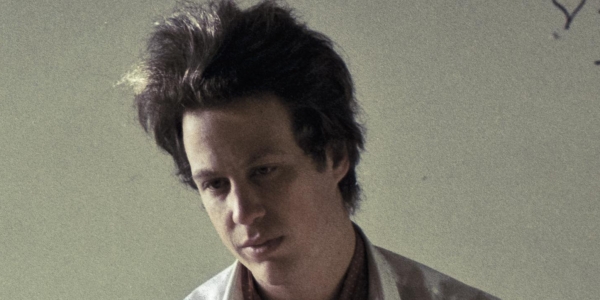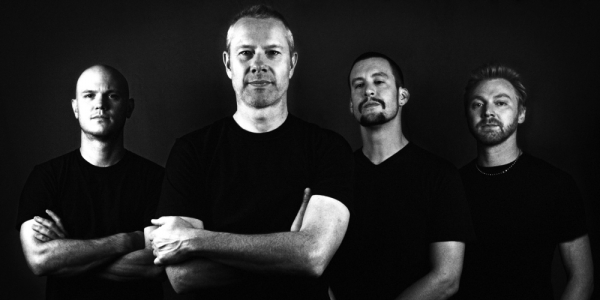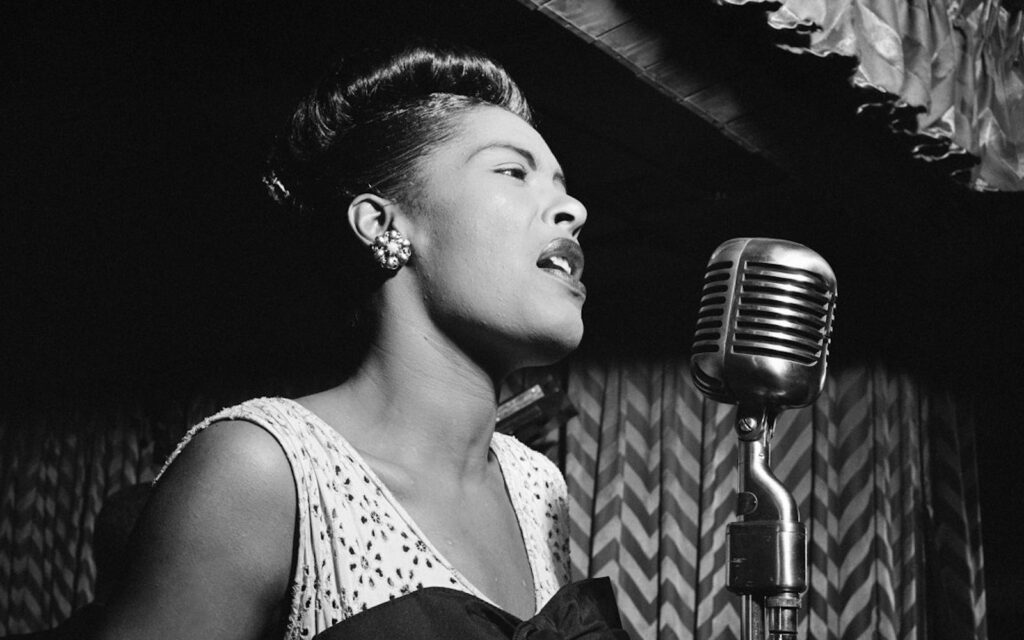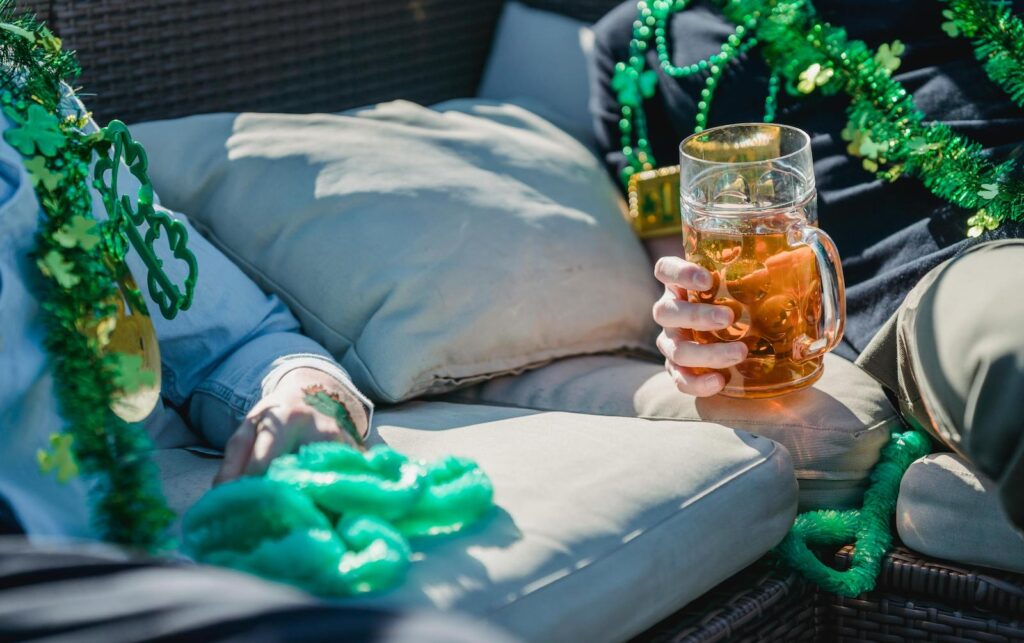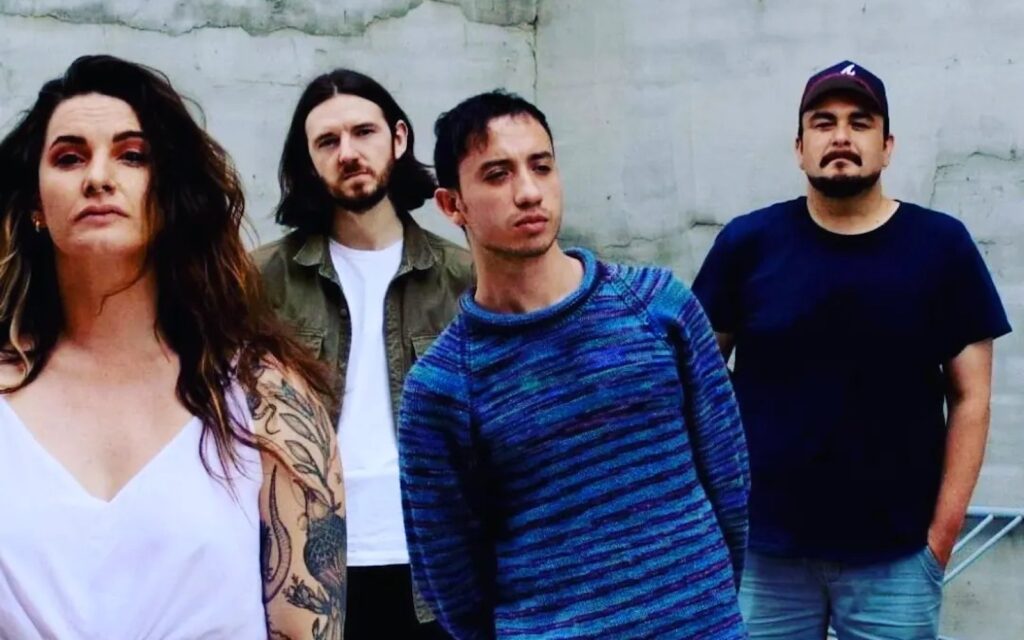“I wanted to have this atmosphere bubbling underneath – it helps to give it some mystique.” So says Sydney musician Jack Ladder, when describing the process of developing his third record, Hurtsville . While Ladder recorded the album in Yass in regional New South Wales in 2010, it’s clear the album was a long time in gestation, influenced by a collage of factors – including the period he spent in New York after winning a songwriting award – and his musical relationship with guitarist Kirin J Callinan. “I guess you pick up on different influences at different times,” Ladder shrugs. “Things just grow on you, I suppose.”
Ladder was playing music from a young age but admits to only coming to songwriting later in the piece. “I was always playing music all the way back to primary school,” he recalls. “I played drums in the school band, and I also played in other bands outside of school. Songwriting came later – I got into Miles Davis Bitches Brew, Portishead and electronica stuff. Then I came out of that via Will Oldham and that alt.country stuff,” he says.
Ladder’s first album, Not Worth Waiting For, was released in 2005 on Spunk. Like most independent musicians, he was supplementing his music with the odd part-time job, including that most honourable of pursuits, pizza delivering. “Delivering pizzas was just part of being a musician and a songwriter,” Ladder offers, with a delivery so dry it almost erodes before your eyes. “I did that and a few other jobs. The other people working those jobs just could tell that it wasn’t my real job.”
After releasing his second album, Love Is Gone, in 2008, Ladder was fortunate enough to be awarded a songwriting prize and a trip to New York. He figures that his time in New York was beneficial, though the music scene was substantially more stratified than in his hometown. “The New York scene is much more divided than in Sydney,” Ladder admits. “Indie musicians and folk troubadours seem to be separated by this great divide.
“People hear about all these great bands coming out of New York, and assume all the bands there are really driven. But you see how many bands there are just floating about – we get a really filtered view of New York in Australia.”
Ladder admits he was “gigging on the subway” on a regular basis (which is a tried and true method of warming up to New York), but played more than his fair share of actual shows, including a live appearance on New York television. “I played a bunch of shows while I was there, although I wasn’t promoting myself a lot or anything. I did play on the Fox Good Day New York TV show, which was a bizarre thing to happen,” he laughs.
It was while in New York that Ladder began to rediscover some of his forgotten musical influences. Describing Love Is Gone as “a reaction to what I’d done before”, Ladder had begun to “understand what music is all about” after dabbling in more orchestral styles after his first record. “Then I went to New York and I came back and realised I’d forgotten about all this stuff – Eno, Talking Heads – that I’d been into previously.”
By this time Ladder had teamed up with Kirin Callinan after meeting him at show at which the latter was supporting the former. It didn’t take long for Ladder to see the potential in having the Sydney musician join his band. “I thought he could make a big sound,” Ladder admits. “He uses lots of pedals and reverbs – stuff that I’d passed off years ago.” Ladder describes Callinan’s attitude to Ladder’s revised musical direction as “very accommodating”.
By the time it came to record Hurtsville, Callinan was able to augment Ladder’s concepts with the atmospherics that he desired. “With the record Kirin contributed a lot of ambient tracks, droning, textural ideas, scraping, feedback,” Ladder explains. “But melodically, I’d already planned a lot of the basic songs out already.”
The initial idea for the band – now called The Dreamlanders – to record the album was to head out into the country and find “a little fibro shack in the middle of nowhere”. Subsequently, however, Ladder found himself attracted to an estate in Yass. “I started throwing pins on Google Maps and came up with Yass,” he grins.
“There was a guy in Yass who was really helpful, and he showed us this place – it’s a huge house, about three stories high with a huge atrium. You could get this great sound – and when you started putting drums on, it sounds like you’ve got John Bonham on drums,” he laughs.
Ladder chose as the title of the album a song from the album, Hurtsville. While it’s easy to assume the existence of some emotional heartache as the inspiration for the song, Ladder doesn’t make any gratuitous disclosures. “It’s kind of a cheesy old blues thing,” he shrugs. “It was a small idea that just kept on growing – three chords that just kept on building everytime we played it live. And then Kirin started out putting walls of feedback on it – that’s how it came about,” he chuckles.
Despite having exposed to the vibrancy of New York in recent times, and knowing the difficulty of carving out an existence in Australia as a musician, Ladder doesn’t see himself re-locating overseas in the short-term. “I like living in Australia,” he admits happiy. “I’ve travelled enough to know it’s good here; although the music industry is a weird place.
“I’m happy just sitting around doing what I do. But if someone offered me the chance to go to France and record, then I’d be happy to go and live there,” Ladder laughs.
